Uncover the captivating worlds created by the literary genius of the Brontë sisters. From the haunting moors of Wuthering Heights to the gothic ambiance of Jane Eyre, their pioneering works continue to enthrall readers across the globe.
With each passing year, the allure of the Brontë sisters’ novels only grows stronger. As we unravel the secrets of these enigmatic siblings, we discover the profound impact they had on the literary landscape of the 19th century and beyond. Their fierce independence, unyielding determination, and unbridled creativity allowed them to break societal norms and give voice to the unspoken.
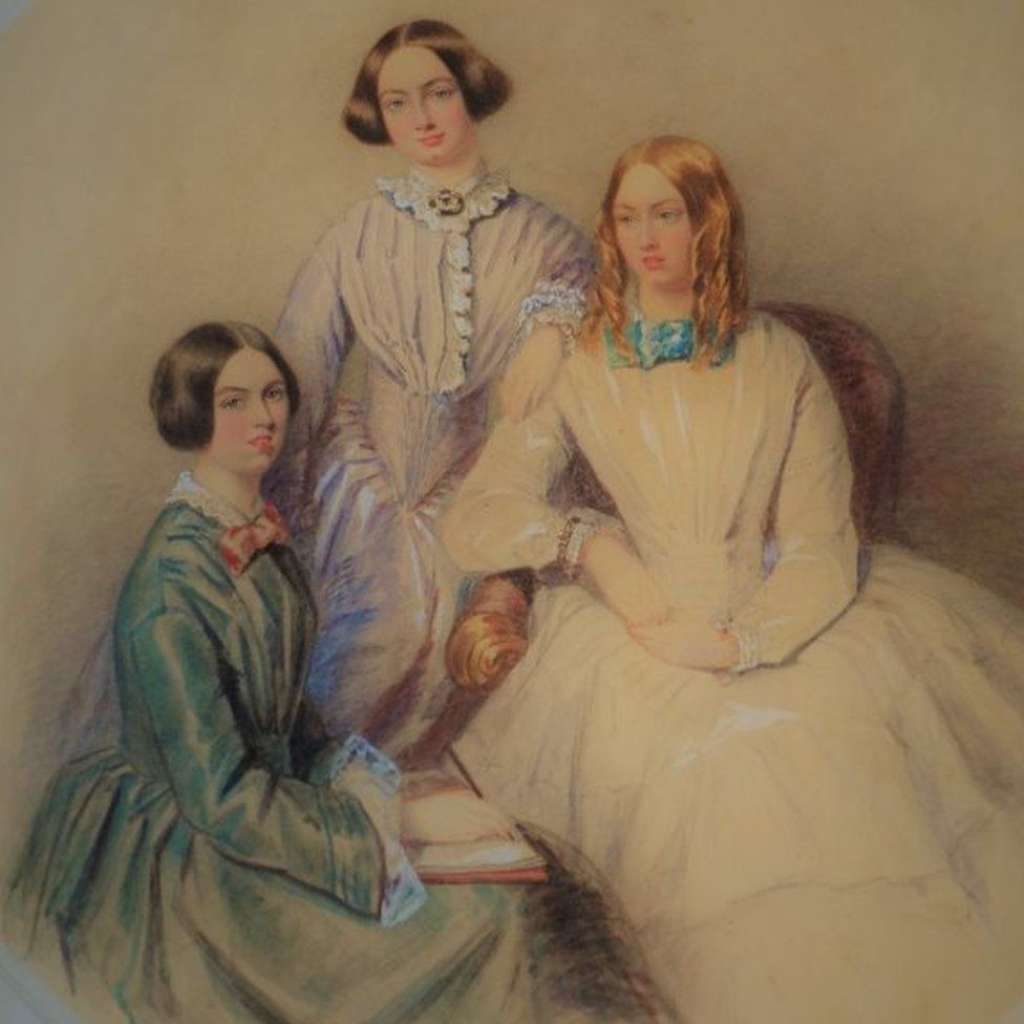
Immerse yourself in the wild worlds of the Brontë sisters as we explore their personal histories, their tumultuous relationships, and the hauntingly beautiful tales they left behind.
The Lives of the Brontë Sisters
1. None of The Brontë Sisters Lived To See Age 40
Charlotte Brontë, the eldest sister, is best known for her novel Jane Eyre. Born in 1816, Charlotte’s life was marked by tragedy and hardship. She died in March of 1855, just nine months into her marriage. In her death certificate, Consumption is listed as her cause of death. However, modern evaluations of her symptoms suggest that she may have succumbed to hyperemesis gravidarum. A severe and potentially life-threatening type of morning sickness characterized by extreme nausea and vomiting that can lead to dehydration, electrolyte imbalance, and weight loss. Charlotte experienced all the symptoms associated with this condition months before her demise. She was 38 years old when she died.
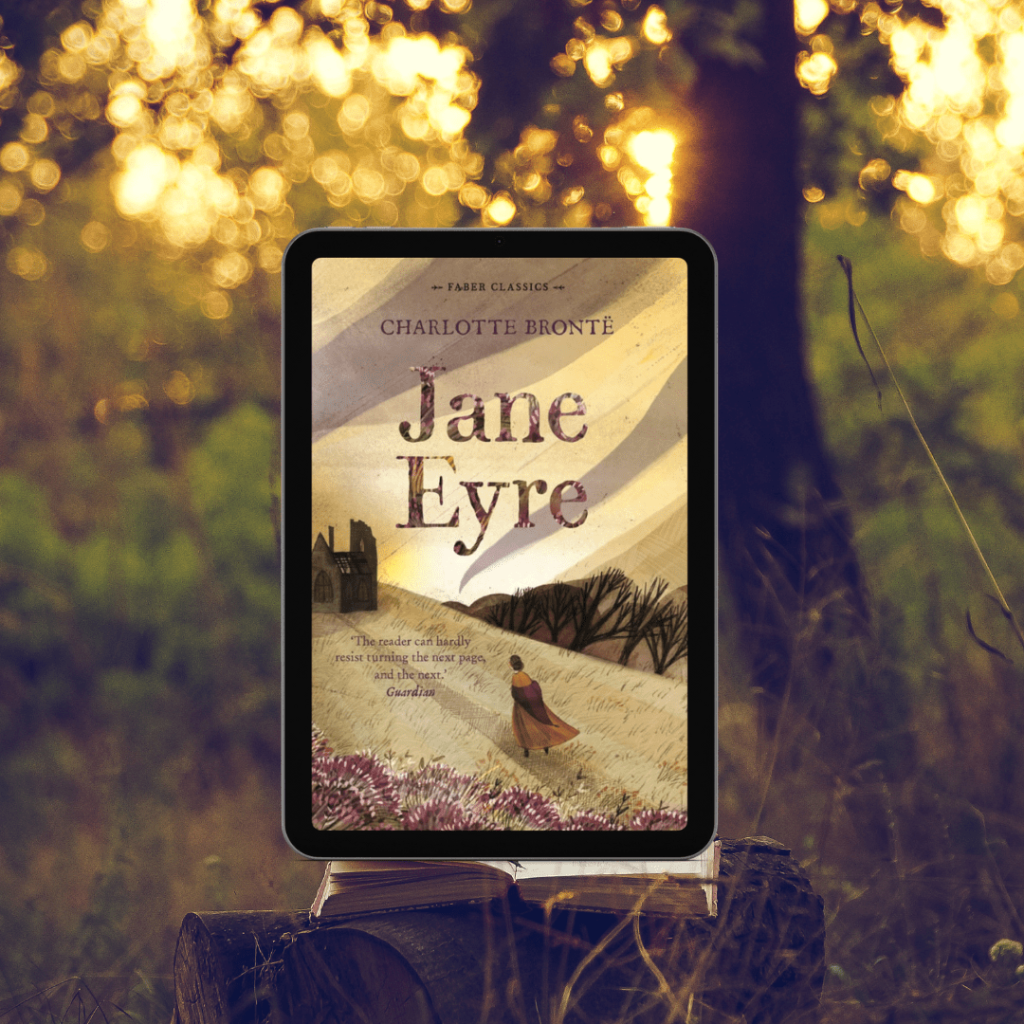
Four of the five Brontë sisters were sent off to boarding school at Clergy Daughters School in Cowan Bridge. They were Maria, Elizabeth, Charlotte and Emily. Anne had not attained school-going age yet. The circumstances at Cowan Bridge were bleak, characterized by cold, damp, and unhygienic conditions. Within the first year, there was a Typhoid epidemic and the two elder girls Maria and Elizabeth came down with Tuberculosis. They were sent home but unfortunately did not recover. They died at home within weeks of each other. Charlotte would later use the experience of being at the school as inspiration for the harsh boarding school in her novel Jane Eyre.
Emily Brontë born in 1818, led a reclusive life, finding solace in the wild landscapes of the moors. In 1848, she was diagnosed with consumption (Tuberculosis), however, she was stubborn to a fault and refused any medical attention. She died at the age of 30.
Anne Brontë was the youngest of all the Brontë children. She also died of Tuberculosis, about 5 months after Emily in May 1849 at the age of 29.
2. All Three of The Brontë Sisters Used Male Pseudonyms
They lived in a time when women were not encouraged to pursue careers, especially in the male-dominated field of literature. Despite this, the sisters were determined to follow their dreams and make their mark on the world. They published their works under male pseudonyms, with Charlotte using the name Currer Bell, Emily using Ellis Bell, and Anne using Acton Bell.
This genius idea was conjured up by Charlotte. She was most determined to ensure the sisters’ work got published even if it meant adopting new identities.
3. Wuthering Heights was Hated After Publication
When “Wuthering Heights” by Emily Brontë was first published under the pseudonym Ellis Bell, it received mixed reviews and sparked both curiosity and controversy. The novel’s dark and passionate portrayal of characters, its gothic elements, and its exploration of intense emotions were unconventional for the time.

Some critics found the narrative too tumultuous and the characters too morally ambiguous, which led to a degree of discomfort among Victorian readers. Some described it as vulgar, strange, and confusing.
Despite initial ambivalence, “Wuthering Heights” has since become a classic of English literature, admired for its complex characters and exploration of themes such as love, revenge, and the impact of social class. Over time, the novel’s reputation has grown, and it is now considered a masterpiece of literature.
4. Charlotte Turned Down Many Marriage Proposals
Charlotte Brontë’s love life was marked by a series of significant events, including the rejection of marriage proposals. One of the most notable instances was her refusal of the proposal from the Reverend Henry Nussey in 1839. Although they had known each other for a long time, Brontë did not reciprocate his romantic feelings. The rejection did not cause any ill will and the two remained good friends after.
The second proposal was by a man named David Pryce. He was her father’s curate at the church. This proposal she also rejected, which may have been a good thing and prevented heartache and grief in the future since he died a year later.
The third proposal came from another of her father’s curates, Arthur Bell Nochols. She rejected the offer at first but was persistent and wore her down. They married a year later.
5. Charlotte Was Obsessed With Her Professor
Charlotte and Emily attended a French Language school in Brussels. Both of them caught the attention of Constantin Héger, a skilled and perceptive teacher. The nature of Charlotte’s attachment to Héger has been widely discussed, as he was the most intellectually stimulating person she had encountered, unlocking her latent talents. Charlotte’s innocent but fervent devotion to Héger faced resistance including a jealous Mrs. Heger.
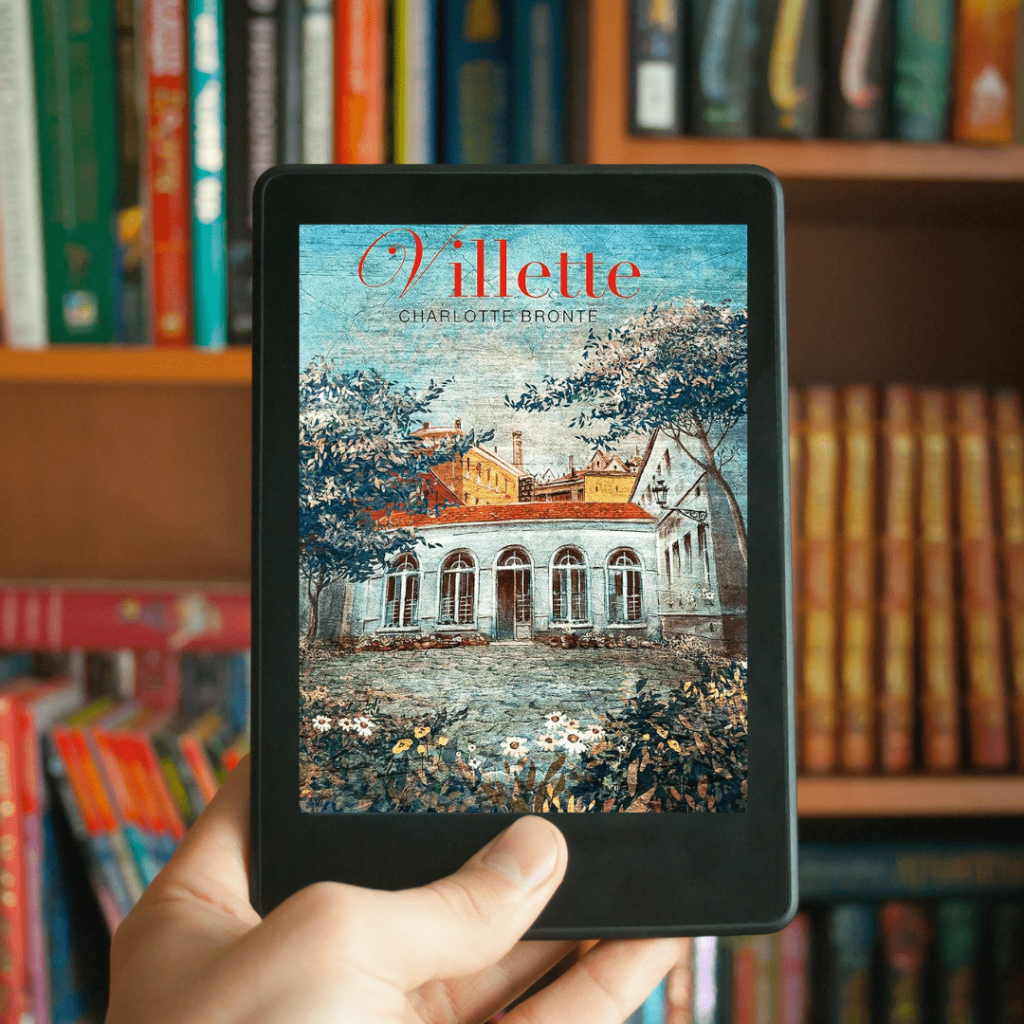
She wrote numerous letters that could be described as love letters. They were desperate and emotional as she begged him to respond. When he finally did, he asked her to stop sending the letters and then tore them all. His wife later found them and pieced them together.
Regardless of interpretations of her experiences in Brussels, the time there was pivotal for Charlotte’s development, providing strict literary training, self-awareness, and valuable material for her future novels.
Charlotte penned this part of her life vaguely in her novel Villette. The novel is known for its psychological depth and the exploration of the protagonist’s inner life. Brontë delves into Lucy’s thoughts and emotions, creating a nuanced portrayal of a woman navigating a complex social and emotional landscape.
6. Emily And Charlotte Planned To Open A School
Emily and Charlotte went to school in Brussels to improve their qualifications in French and German. They were exceptional students and Charlotte had been a student-teacher for a short while.
After the tragic death of their brother Branwell, the Brontë sisters were filled with a sense of purpose and a desire for financial independence. They decided to establish a school in their family home, Haworth Parsonage, where they could teach and generate income.
The sisters, however, faced several challenges in turning this plan into reality. The venture proved difficult due to the lack of financial resources and the sisters’ limited experience in managing a school.
Ultimately, the school plan did not come to fruition, but the idea and the challenges they encountered during this period likely influenced their later works, providing insights into themes of independence, education, and societal expectations that are evident in their novels.
7. The Bronte Sisters Propelled Each Other’s Literary Work
It was Charlotte who “accidentally” discovered Emily’s secret book of poetry. She had been aware of Emily’s poetry about an imaginary land she named Gondal however, she had not seen the side of Emily revealed in the set of poems in the book. They were Emily’s expression of her innermost thoughts and feelings. Emily’s brilliance blew Charlotte away and insisted that Emily publish the poems. Being the shy and reserved person she was, Emily wouldn’t hear any of it and reacted furiously, which caused a heated argument.
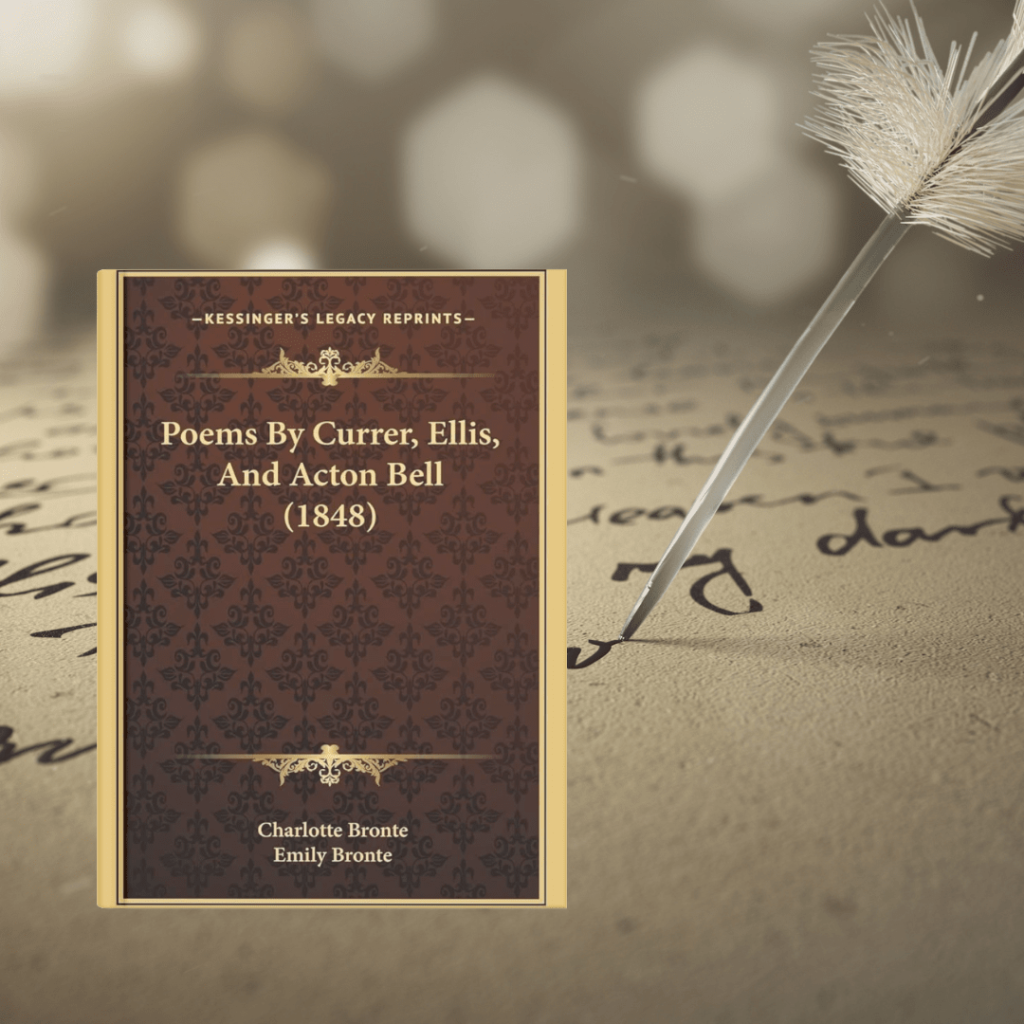
Anne, in her efforts to mediate the situation, revealed that she also had her own compositions and asked Charlotte to look at them too. Emily was touched by her little sister’s actions and agreed to them finding a publisher to jointly publish a book of poetry.
Knowing that in those times the literary world was not considered a place for women, it was Charlotte’s genius idea that they use male pseudonyms. The book came out as “Poems by Currer, Ellis and Acton Bell”, the first-ever Bronte publication and the beginning of their literary career.
8. Anne was a Radical Writer
Anne Bronte may be considered the lesser-known Bronte sister, considering how much Jane Eyre and Wuthering Heights propelled the names of Charlotte and Emily. Her novels stand as literary brilliance, and upon revisiting her two works today, their contemporary relevance is striking.

Anne’s courage, both in life and writing, is evident as she fearlessly addressed issues close to her heart, despite potential criticism. In “Agnes Grey,” she provided an unflinching portrayal of the challenges faced by governesses and the societal divides causing misery. “The Tenant Of Wildfell Hall” delved into the grim realities of alcoholism, abusive relationships, and the objectification of married women during that era.
This powerful narrative follows the heroine, Helen, as she escapes her violent husband, finding freedom and genuine love. Although the novel garnered massive sales upon its release, it faced severe criticism. Anne responded with a notable preface in the second edition, articulating her purpose: “I wished to tell the truth, for truth always conveys its own moral to those who are able to receive it.”
9. None of the Bronte sisters had children But Their Legacy Has Live On
The story of the Bronte family has quite a sad ending. None of the six Bronte children had children before they died. Maria and Elizabeth Bronte died as teenagers, and Emily, Anne, and Branwell died without suitors or children. Charlotte was married however she is said to have died during her pregnancy and her child died with her.
Even with the misfortune in the family, the Brontë sisters’ legacy is one that has endured through the ages. Their works, once highly criticized and considered radical and controversial, have now become English Classics. Their ability to capture the essence of human emotions, convey complex narratives, and challenge societal norms has ensured that their stories remain relevant to this day.
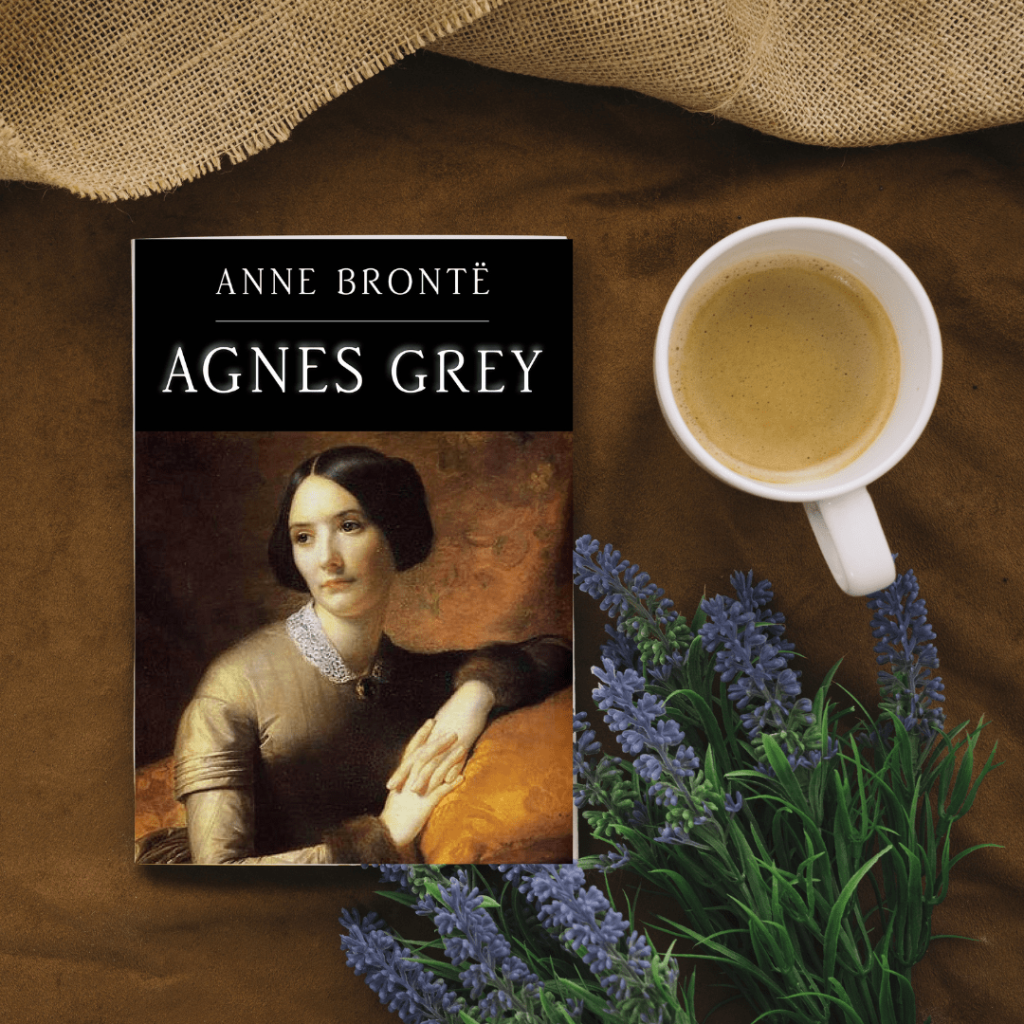
What keeps the Brontë sisters in our hearts is how relatable their stories are. Love, loss, passion, and the struggle for independence are all topics that transcend time and place. The emotions and experiences portrayed in their novels are still relatable to modern readers, allowing them to connect with the characters and the stories on a deeply personal level.
Additionally, the Brontë sisters’ unique writing styles and narrative techniques have contributed to their lasting influence. Charlotte’s use of first-person narration in Jane Eyre created an intimate and immersive reading experience, while Emily’s unconventional narrative structure in Wuthering Heights added an air of mystery and suspense. These innovative approaches to storytelling continue to inspire contemporary authors and shape the way we think about narrative techniques in literature.
